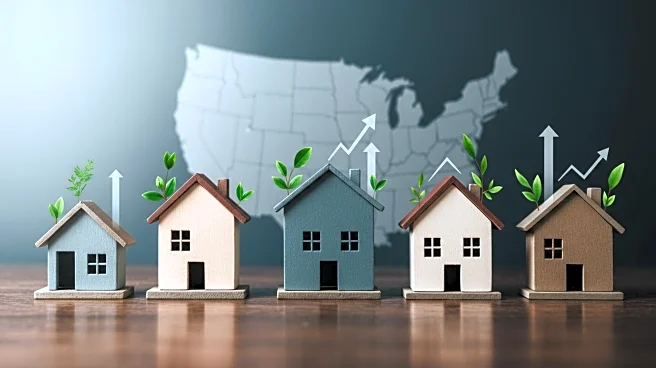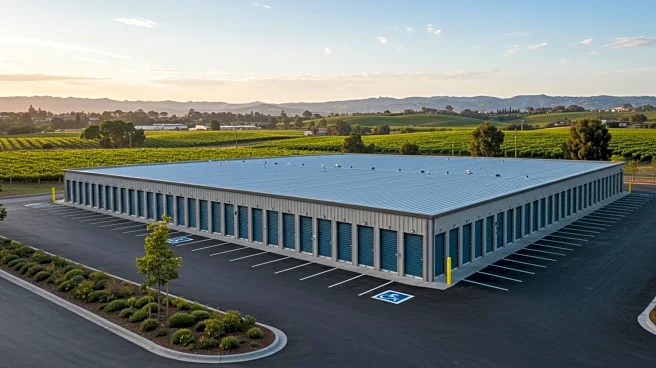What's Happening?
The U.S. real estate market is experiencing a shift, with certain cities facing increased difficulty in selling homes. According to a report from Realtor.com, the market is becoming more 'buyer-friendly' due to rising inventory levels. However, high mortgage rates and historically high list prices continue to pose challenges for buyers. Cities such as Miami, Orlando, Jacksonville, and West Palm Beach in Florida, as well as Houston, Nashville, Austin, and Tucson, are seeing homes linger on the market longer. Real estate experts attribute this to sellers holding onto outdated price expectations while buyers gain leverage due to increased inventory and high rates.
Why It's Important?
The changing dynamics in the real estate market have significant implications for both buyers and sellers. For sellers, the shift means they may need to adjust pricing strategies to attract buyers in a more competitive environment. For buyers, the increased inventory and slower market pace could present opportunities to negotiate better deals. The situation also highlights broader economic factors, such as interest rates and housing affordability, which continue to influence market conditions. Understanding these trends is crucial for stakeholders in the real estate industry to navigate the evolving landscape effectively.
What's Next?
As the market continues to adjust, real estate professionals and homeowners may need to adopt new strategies to succeed. This could involve more flexible pricing, enhanced marketing efforts, or exploring alternative financing options to attract buyers. Additionally, ongoing monitoring of interest rate trends and economic indicators will be essential to anticipate further changes in the market. Policymakers may also consider interventions to address housing affordability and support sustainable market growth.












